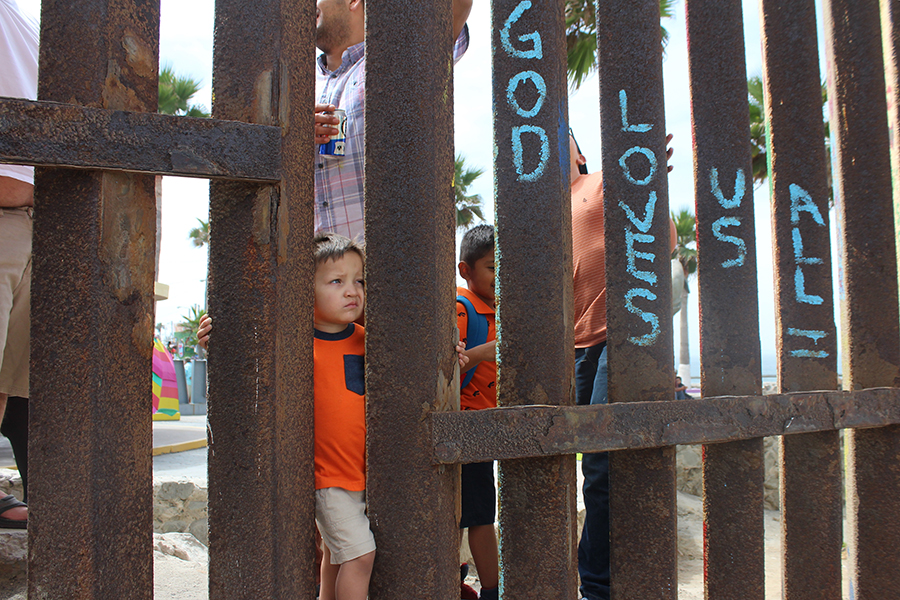After U.S. Customs and Border Protection said construction of prototypes would be completed by September in a June press conference in Washington D.C., funding for President Donald Trump’s wall is yet to be approved by Congress.
On Tuesday, Aug. 22, Trump threatened to shut down the government if Congress did not approve funding on the southern border in a rally in Phoenix.
“Let me be very clear to Democrats in Congress who oppose the border wall and stand in the way of border security,” Trump said. “You are putting all of America’s safety at risk.”
Days after entering office, Trump signed an executive order to hire 5,000 more border patrol agents to U.S. Customs and Border Protection, but the hiring of those agents has proved to be a challenge.
San Diego controls one of 20 sectors at the border with 2,400 border patrol agents guarding it. In that sector, agents are responsible for 60 miles, with only 46 miles having some type of fence. Of those 46 miles, 13 miles have a second fence, taller than the first one.
In a border tour given to members of the National Association of Hispanic Journalists on Aug. 19 and led by border patrol agents Eduardo Olmos and Saul Rocha, Rocha said he believed the San Diego sector was understaffed.
Rocha said a typical day at work involves going into the office, where the supervisor gives a safety brief and assignments. Agents then get their keys to their vehicle and have one hour to get to the location assigned. The day consists of watching the fence for eight hours.
He said when assigned to the mountains, agents are prepared to hike and work alone.
According to a nationwide border patrol apprehensions list provided by U.S. Border Patrol, San Diego’s apprehensions was more than 68,500 in fiscal 2010, and in fiscal 2016, the number was close to 32,000.
San Diego State economics professor James Gerber said more people have left the U.S. in comparison to those who have come to the U.S.
“A lot of people think it is due to the efforts of the border agencies, but that is only one part of it,” he said. “A lot of it is the demographics of Mexico. While Mexico’s economy isn’t in crisis, it is unlikely that there will be another wave of immigrants like in other times.”
Through all sectors and in only the San Diego sector, the total number of apprehensions has increased between 2015 and 2016.
Nationwide, there was a 23.3 percent increase between fiscal 2015 and fiscal 2016, and in San Diego, there was a 17.6 percent increase.
Rocha said on average, 70 people are apprehended daily in the San Diego sector.
Through July 31, in San Diego, the total number of apprehensions in 2017 is over 21,500.









